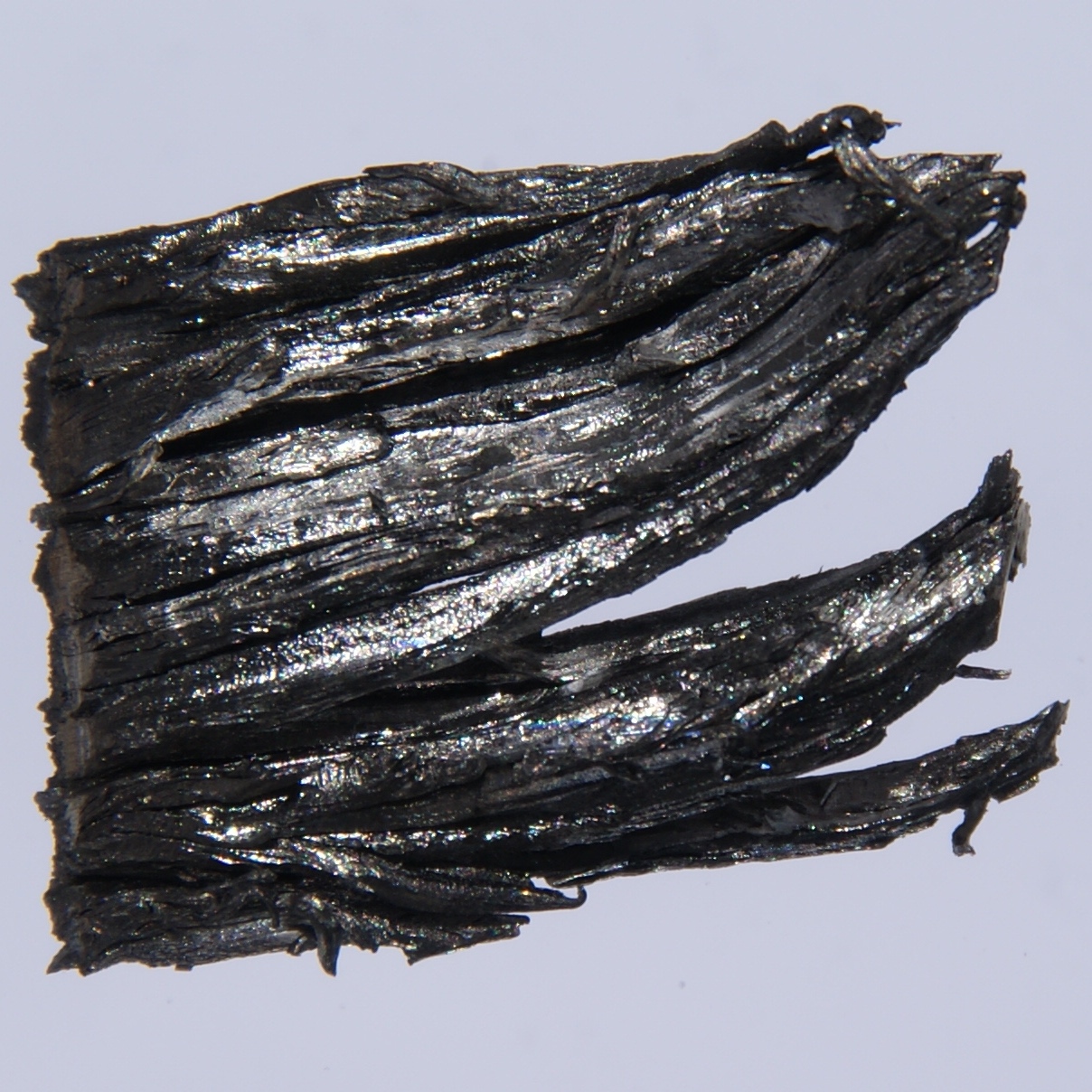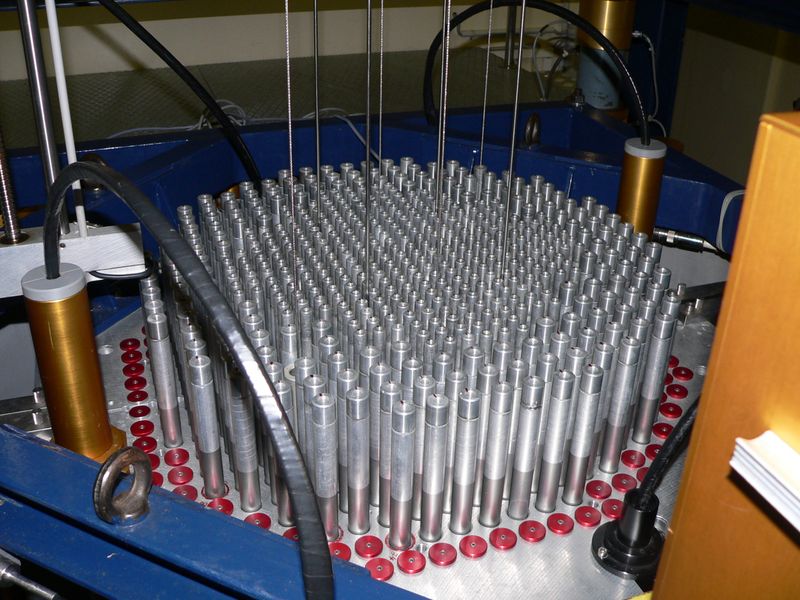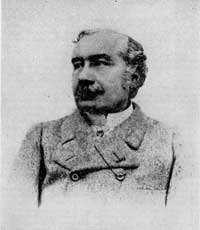


Clockwise from top left: dysprosium, the shredded beef of the element world (from Wikimedia Commons), dysprosium as it appears in the periodic table, a nuclear reactor core with the control rods (from Wikimedia Commons).
Quite an exasperating element, dysprosium is another element that is never really found on its own in nature.
It was found in 1886 by Paul Émile Lecoq de Boisbaudran (what a name!), who separated dysprosium oxide from bunch of other oxides in the ore of the element erbium. He then really struggled to separated the dysprosium from its oxide, trying to dissolve it in acid before using ammonia to remove the oxide part. It took him over 30 tries before he succeeded, and therefore named it dysprosium from the Greek for “hard to get”.

Now that we’ve finally isolated dysprosium, what can we do with it? Well there aren’t too many applications for it, as there is often a cheaper and more accessible element that can take its place (poor dysprosium!), but its high susceptibility to magnetising and corrosion resistance means that it is used where more permanent magnets are needed, including wind turbines and electric cars. Some have predicted that dysprosium may become a more important element in the pursuit of renewable energy, but we’ll have to wait and see… The magnetism has also led to dysprosium use in hard drives and other forms of data storage.

Dysprosium is also pretty good at absorbing neutrons, meaning it can survive bombardment with neutrons without undergoing nuclear fission (splitting). This is therefore why dysprosium is often used as control rods in nuclear reactors, controlling the nuclear fission reaction inside so that it doesn’t get, well, out of control. It does this as part of a material known as a cermet, a portmanteau of ceramic and metal, as those two are mixed together. In the nuclear control rod case the cermet is dysprosium-oxide-nickel.
So that’s dysprosium: a controlling, hard to get element that loves becoming a magnet!
